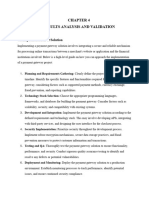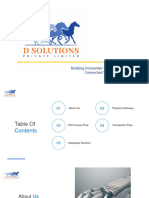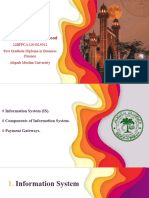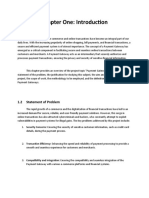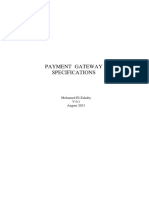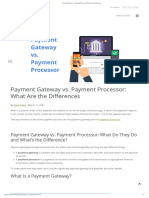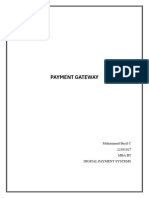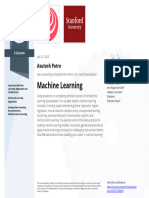0% found this document useful (0 votes)
12 views16 pagesFull Stack
The document presents a seminar on payment gateway integration, emphasizing its importance in modern commerce for secure and efficient online transactions. It outlines the objectives, requirements, methodology, advantages, and disadvantages of integrating payment gateways, highlighting their role in enhancing user experience and supporting business growth. The conclusion stresses the necessity of proper implementation and maintenance for reliable performance and customer trust.
Uploaded by
venkateshad907Copyright
© © All Rights Reserved
We take content rights seriously. If you suspect this is your content, claim it here.
Available Formats
Download as PPTX, PDF, TXT or read online on Scribd
0% found this document useful (0 votes)
12 views16 pagesFull Stack
The document presents a seminar on payment gateway integration, emphasizing its importance in modern commerce for secure and efficient online transactions. It outlines the objectives, requirements, methodology, advantages, and disadvantages of integrating payment gateways, highlighting their role in enhancing user experience and supporting business growth. The conclusion stresses the necessity of proper implementation and maintenance for reliable performance and customer trust.
Uploaded by
venkateshad907Copyright
© © All Rights Reserved
We take content rights seriously. If you suspect this is your content, claim it here.
Available Formats
Download as PPTX, PDF, TXT or read online on Scribd
/ 16

